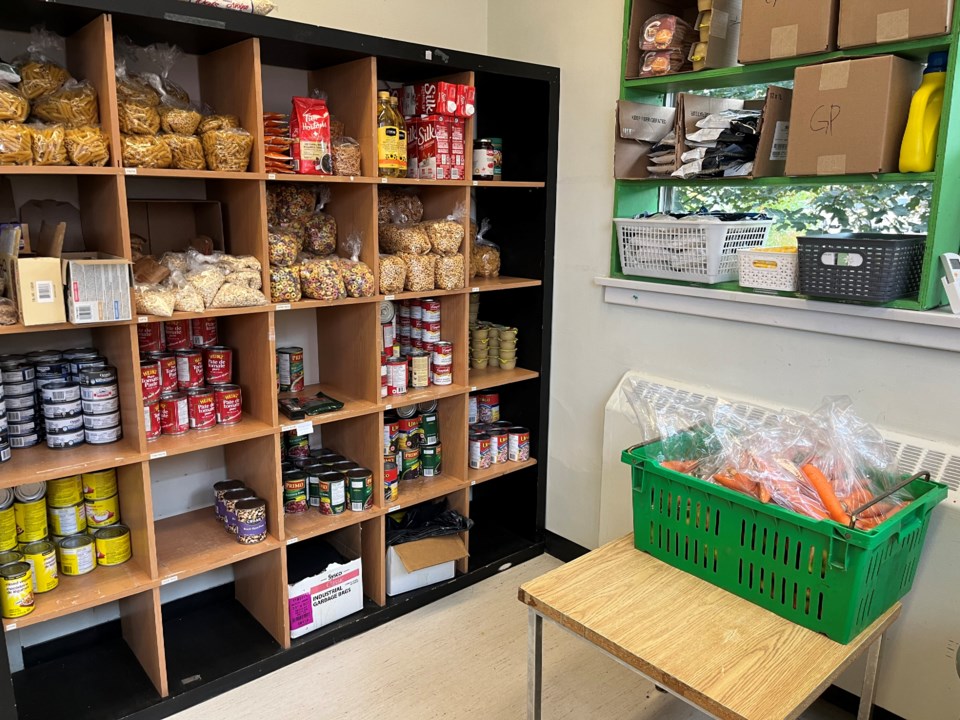The Guelph Student FoodBank at the University of Guelph is at capacity and students who have applied are on a wait list.
The information the food bank is at capacity is on the website as a service update and the website was last updated on Sept. 7.

The Central Student Association (CSA), which overseas the food bank on campus, declined a request for an interview and declined to answer questions provided via email, including how long is the wait list, how long it takes to move off the wait list and if the food bank has been at capacity in the past.
In January GuelphToday reported the food bank had 267 registered visitors and 92 students on the wait list. In 2022 there were 349 students registered.
Sam Laban is the Guelph Lab facilitator which runs The Campus Food Market. The food at the market can be purchased on a sliding scale. By spring of 2023 the market was up to an average of 184 visitors per week. The market only runs on Thursdays.
“We don't know where we'll be for this coming semester, but we anticipate it will be the same or if not higher,” said Laban.
The main contributing factors to student food insecurity are income, time and availability, he said. This means lower income, pressure on the time students have between school and work, and the availability of food because of dietary cultural, religious preferences, said Laban.
The Guelph Lab conducted a survey in 2019, sending out the survey to 10,000 U of G students. The survey had 1,000 responses and 23 per cent of those students experience food insecurity.
One of the reasons why the Guelph Student FoodBank may be seeing an increased demand is because “the response to food insecurity, the scale of the response has never ever matched the scale of the problem,” said Laban.
“We also know that food banks only serve a very small proportion of the population. So we're really trying, I think, on campus, to work towards a multifaceted response to food security, and the food bank is one response,” he said.
“And so see the market, campus food bank, the community fridge on campus, the Indigenous student food program, other pantries that exist on campus, financial aid,” Laban said. A combination of these resources need to be in place to build a food secure campus, he said.
Laban said the food bank has been on campus for 20 years and 17 of those years it has been the primary response.
“I wouldn't equate the number of people at the food bank with anywhere close to the number of people who are food insecure,” he said.
Students like anyone in society need to feel food secure in order to thrive, Laban said.
“It's not the only actor, but a university for many students is educator, employer, landlord … healthcare provider, so the university has a lot of ways and levers to pull that could help many students become food secure. That's not to say that universities can do that alone,” he said.
“We know that students on lower income, students with disabilities, students who have dependents, international students, racialized students … food insecurity do tend to be higher amongst students who have those identities or experiences,” Laban said.
He drove home the point that although there seems to be an increased demand for food among the student population; it doesn't mean the problem was never there, the problem has always been there.
“Any increase is making it from a really, really bad problem into a terrible problem,” Laban said.
